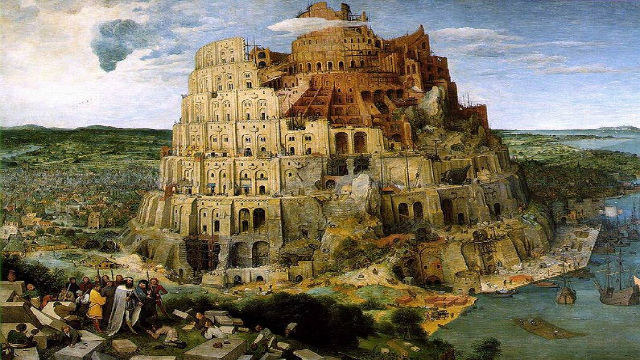The Veil of Ignorance Has Been Lifted: Do You Like the Country You Live In?

Editor’s Note: Over the next 12 days, Big Think will be running excerpts from all the lessons that make up our first online course, Great Big Ideas. During this period, we are offering discounted subscriptions to Big Think readers. You can now subscribe and gift this course for $99. Please sign up and then subscribe using the coupon code THINK to get the discount.
In his classic work of political philosophy, A Theory of Justice, John Rawls challenged the utilitarian notion of justice in which society might violate the rights of an individual in order to help the many. That is not a just society, according to Rawls.
Moreover, how should “the benefits and burdens of living together in a community be distributed so as to best realize what justice requires?” This question is posed by Yale professor Tamar Gendler in her Great Big Ideas lecture entitled “Of the People, by the People, for the People…The Rawls-Nozick Debates as an Introduction to the Philosophy of Politics and Economics.”
The Veil of Ignorance
The just way to divide up a cake, in Rawls’ famous formulation, is to divide it without knowing which piece you’re going to get. Without personal bias, you will divide it in a fair way. This is called the “veil of ignorance.” When a group of Americans put this veil on during a 2005 study, it was revealed that 92 percent of them favored the wealth distribution model of Sweden.
That study would have made Rawls very happy. Robert Nozick, not so much. Nozick wrote a rebuttal to Rawls’ Theory of Justice in 1974 called Anarchy, State and Utopia, which argued Rawls’ conception of justice had placed the “wrong fundamental notion at the center of his theory.” As Gendler describes in this section of her lecture, Nozick valued radical individual liberty above all:
What’s the Big Idea?
Robert Nozick began his rebuttal to Rawls’ A Theory of Justice as follows:
Individuals have rights and there are things that no person or group may do to them without violating those rights. The minimal state limited to narrow functions of protection against force, theft and fraud, enforcement of contracts and so on is the most extensive state that can be justified.
As Gendler points out, in Nozick’s system of limited government, unequal wealth distribution is just, so long as property was acquired legitimately. Furthermore, no one has the right to take legitimately owned property away.
What’s the Significance?
Does the Rawls-Nozick debate sound familiar? This very debate is raging in Washington right now. Consider, for instance, President Obama’s tax plan — the so-called “Buffett Rule” — which would raise taxes on individuals earning over $1 million. This progressive tax has been labelled “class warfare” by Paul Ryan and others in the GOP, who along with the anti-government Tea Party movement favor limited taxes, and limited government.
Which side do you support? It all goes back to the fundamental question of justice. Which state you would choose to live in? One that is governed by Rawls’ Theory of Justice or Nozick’s Anarchy, State and Utopia?





